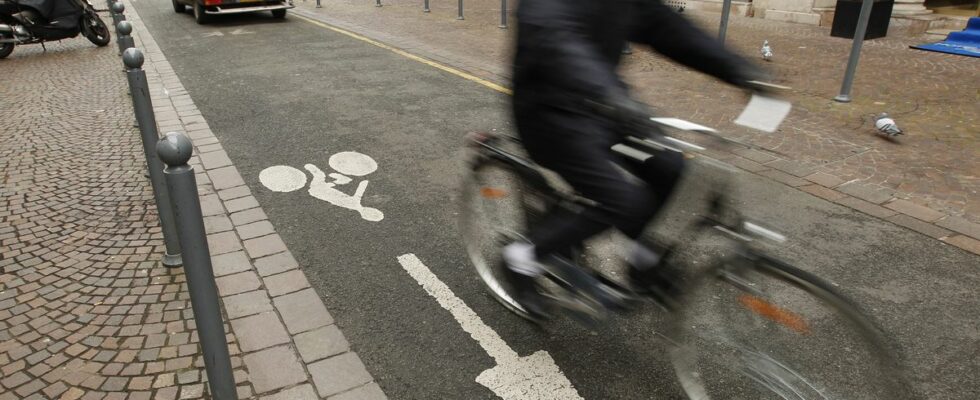Just take a walk in Lille to see that the number of cyclists has jumped in recent years, even if we do not count the delivery people on bicycles. It must be said that the metropolis and the municipality are pulling out all the stops to encourage residents to abandon their cars in favor of softer modes of travel. Even if the approach is still perfectible for some long-time addicts to the little queen, we must nevertheless recognize the many facilities aimed at facilitating bicycle travel. It remains to change the mentalities and habits of motorists who are no longer the masters of the asphalt. And that’s why, there is now a “practical manual”.
Environmental awareness, fuel prices, containment, practicality, parking… There is no shortage of arguments to now favor any means of transport other than the car. The consequence is an explosion in the number of what the authorities consider to be “vulnerable road users”: pedestrians, cyclists, scooter riders, gyropodists. Vulnerable, because taken aback, local authorities have been slow to adapt public roads to these new types of users. And that has a price: “In 2021, 382 accidents involving a vulnerable user took place on the territory of the metropolis of Lille”, details the prefecture of the North, adding that “21 of them died”.
A well done manual but the wrong target
The idea of this “practical manual” is to “make the link between learning the driving license and the ambition of zero injuries, zero deaths on the road that the metropolis promotes”, declared the president of the European metropolis of Lille (MEL), Damien Castelain. Thus, the famous guide was distributed to the 160 driving schools of the metropolitan territory to “raise awareness among future motorists of the necessary cohabitation”. How to adapt your driving in the presence of cyclists, how a 30 zone works, what is the difference between a cycle path and a cycle lane, what is a cycle lock… So many very recent notions that driving schools already teach to their students: “In practice, we explain all that. It’s true that the regulations change a lot, but it’s integrated into the Highway Code,” explains Mounir Trabelsi, manager of the CER Porte de Douai driving school.
Maybe the MEL’s target is the wrong one. “My only ”reproach” is that this guide is intended for future drivers, as it is distributed above all in driving schools, whereas it is current drivers who need a real update of the code and rules”, laments “On freewheels”, a Lille bike rider who is very popular on Twitter. A point of view shared by Cyclocastor, another Lille cycling enthusiast: “The changes in the Highway Code concerning cyclists are relatively recent. Those who pass their code today are supposed to be notified. It would be nice to distribute it also (especially) to people who passed their code a long time ago. “And on this point, the driving school boss also agrees:” I train VTCs and taxis and I realize that they do not know what an SAS is, a two-way bike . Why not introduce some sort of continuing education for motorists,” he asks.

